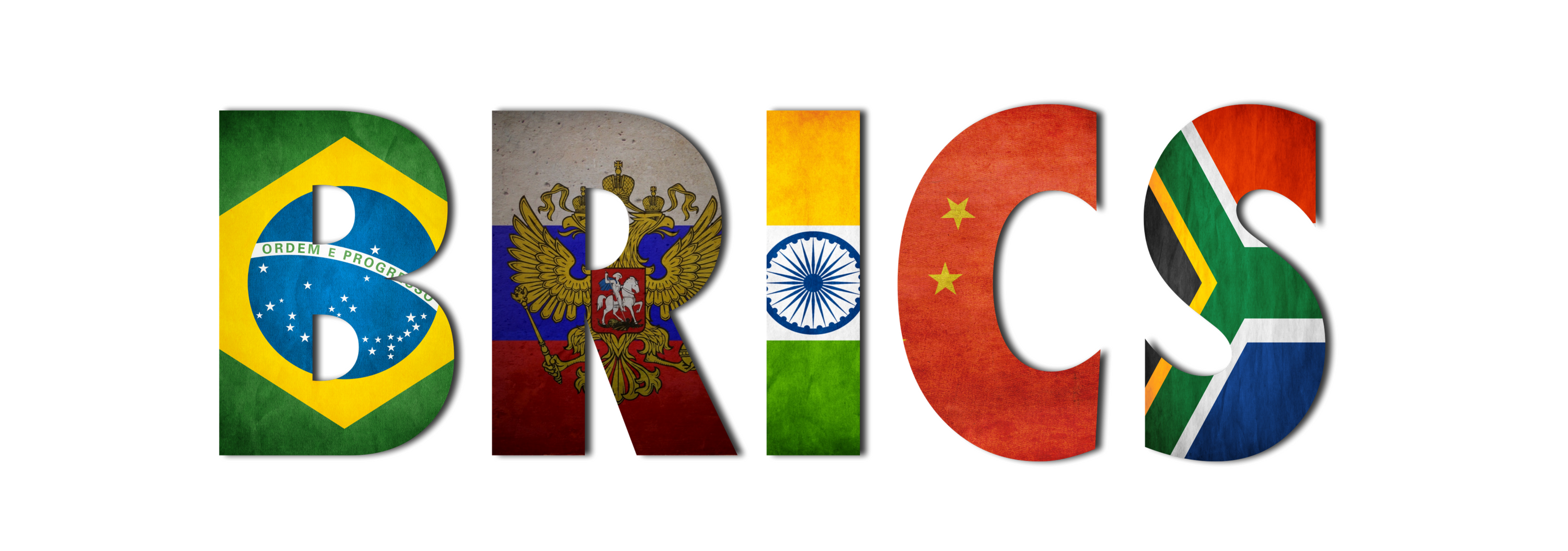

Jul
The initial term “BRIC” was coined by the chief economist of Goldman Sachs (Jim O’Neill) back in 2001 and referred to the world’s four most important emerging markets: Brazil, Russia, India and China. As of 2010, South Africa (the “S” dimension of BRICS) was added to the equation and right off the bat, it’s important to understand that “BRICS” in no way refers to anything along the lines of political homogeneity.
In other words, if you’re approaching the BRICS equation in the same manner in which you’d analyze let’s say the European Union, you would be off to an inaccurate start. O’Neill was simply pointing out that as an economic block rather than a full-fledged political union, it make sense for Brazil, Russia, India, China and later on South Africa to be viewed together.
And, if we are to see things from a nominal GDP perspective or, better yet, the perspective of the slice of the global economic pie represented by these nations, there has been tremendous progress compared to 2001, even with the major setbacks brought about by the Global Financial Crisis of 2007-2008, which was anything but kind to emerging markets. However, many have criticized the idea of analyzing the BRICS nations together for a wide range of reasons over the years, such as:
- The fact that we’re talking about significantly different economic models in many respects, with for example Russia and South Africa being more resource export-dependent and as such, more susceptible to fluctuations when it comes to commodity prices
- The divergence in performance that has occurred, with there being a more than noticeable difference between let’s say China and India’s performance compared to that of Russia and Brazil
- China itself becoming so important and dominant in a wide range of segments that treating it individually rather than as a BRICS member frequently makes more sense
- Different political agendas in many respects, for example the (in)famous territorial disputes between China and India, India being less than enthusiastic about China making Pakistan a core pillar of its Belt and Road Initiative, etc.
… the list could go on and on.
Eventually, even Goldman Sachs itself went from having an investment fund which revolved around these economies exclusively to merging the fund in question with one that has a broader emerging market reach as of 2015. In and of itself, this tends to make analysts wonder whether BRICS is yet another example of a buzzword created for marketing purposes rather than something that has meaningful fundamentals behind it.
The truth most likely lies somewhere in the middle.
While it is true that the relationships between various BRICS members tend to be so complex that treating them individually is warranted and while it is also true that a lot of the hype surrounding this term has died off, it does make sense to see the five countries as a whole through the BRICS lens every now and then because there are more than a few common denominators that are hard not to notice.
If nothing else, the term BRICS should make it clear that even with the various bumps in the road that have existed since it was coined in 2001, emerging economies are not only here to stay as significant players on the worldwide scene but even more so, they seem poised to keep catching up with the proverbial West, as the GDP of these nations keeps going up in nominal terms, with there being ample room to grow when we see the equation from a GDP Per Capita perspective.
As always in the world of finance, terms such as BRICS tend to lie in that hard-to-identify area between marketing department-suggested buzzwords and keywords with game-changing meaning behind them. Think of it as a term that is good to have in your geopolitical arsenal as an occasional point of reference but most likely not all that much more than that.
